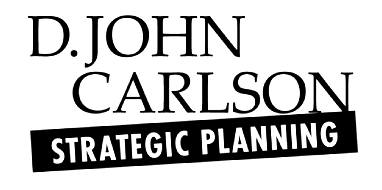Research suggests that 80% of mergers fail to add value to either partner in the merger. A similar number of acquisitions fail to add value.
It is interesting to note that Japan Post has already written down the more than $6 billion it spent in buying Toll transport in Australia.
Ensuring the success of a merger or acquisition requires a range of issues to be addressed. One of those issues is brand. My thoughts in this regard include the following:
- Think less about the name and more about the story
Businesspeople I speak with are often obsessed with the name of their business and relate this directly to retaining the value of good will in their business following a merger or acquisition. I my view while important the name is a secondary issue while the story is the primary issue
- Develop and communicate a compelling story
Mergers and acquisitions might deliver significant value to the business in question, but the customer is only interested in the value it delivers to them. There needs to be a compelling story about the benefits the merger or acquisition will deliver to the various target markets
- Remember the basic naming rules
While the business name is not the critical issue, it is important to remember the features that most often apply to the idea name. The best names tend to be memorable, practical, adaptable, unoffensive and marketable. It can also help but not essential for the name to be meaningful.
- Update the visual branding
While the name of the business might remain that of one of the partners merging, there is generally merit in updating the visual branding to recognise and be up front about the change that has taken place and support the story regarding the reasons for the merger or acquisition
- Remember that brand is determined by the customer
The fact is – you can influence the perception of a brand or the merging of two businesses, but ultimately it is the customer who defines the brand and it is the customer who interprets the information provided in determining if the merger is good for them or not
- Remember that few things are more important than culture
A cultural fit is often cited as the most important issue in determining the success of a merger or acquisition. The fact is, it is also the most important factor in determining the brand. Once defined, a brand must be lived, and living the brand is all about culture.
- Address all audiences
External audiences are clearly important in terms of communicating the brand. The fact is however, internal markets are central to the communication with external audiences. Internal audiences need to embrace the brand and understand the value it adds to the customer experience.
- Mergers and acquisitions are an opportunity
The most successful brands are those that incorporate values that are closely aligned with those of the primary target market and other key stakeholders. A merger can provide an opportunity to undertake the research and planning required to ensure better alignment of values
- Remember people buy brands
People tend buy brands ahead of products. Brands differentiate products and build value into products. A brand can be a business’s most valuable asset. The Apple brand is worth $2 billion – highlighting just how precious the brand can be. Manage your brand with care.

